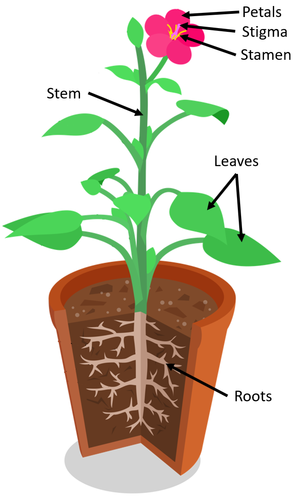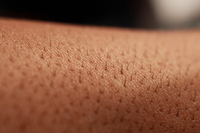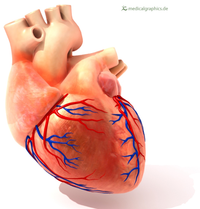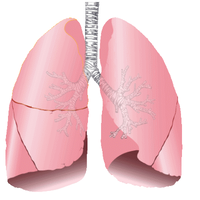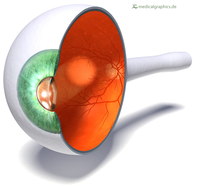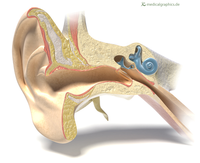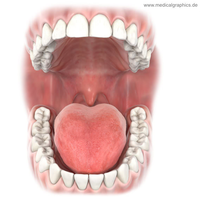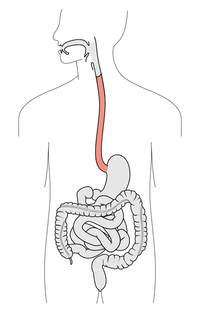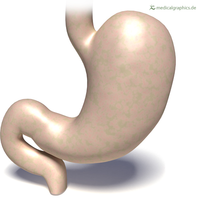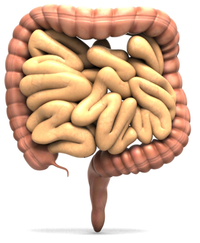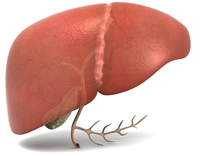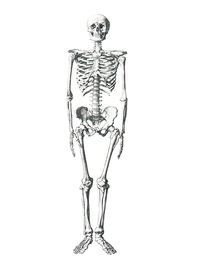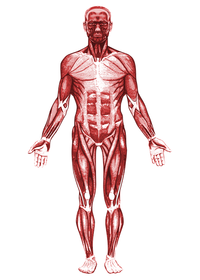Key Stage 3
Meaning
An organ is a part of an organism, made of several tissues, that does a specific job.
About Organs
- Organs are made of more than one different tissues that work together.
- Only multicellular organisms can have organs because tissues are many of many cells.
- An organ may have more than one job.
Organs in Flowering Plants
The organs may look different in different flowering plants.
|
|
|
Organs in Mammals
Key Stage 4
Meaning
An organ is a part of an organism, made of several tissues, that does a specific job.
About Organs
- Organs are made of more than one different tissues that work together.
- Only multicellular organisms can have organs because tissues are many of many cells.
- An organ may have more than one job.
- Many organs working together for the same purpose form an organ system.
Organs in Flowering Plants
The organs may look different in different flowering plants.
|
|
|
Organs in Mammals
References
AQA
- Organ, pages 12, 27, 170, GCSE Biology; Student Book, Collins, AQA
- Organ; donation, page 204-7, GCSE Biology; Student Book, Collins, AQA
- Organ; system, pages 12, 27, 86, 170, GCSE Biology; Student Book, Collins, AQA
- Organ; transplant, page 204-7, GCSE Biology; Student Book, Collins, AQA
- Organa donors, page 76, GCSE Biology; The Revision Guide, CGP, AQA
- Organs, page 24, GCSE Combined Science; The Revision Guide, CGP, AQA
- Organs, page 27, GCSE Biology; The Revision Guide, CGP, AQA
- Organs, page 73, GCSE Biology, CGP, AQA
- Organs, pages 36-39, 62-63, 140-141, 148, 151, 154-157, 168-171, GCSE Biology; Third Edition, Oxford University Press, AQA
OCR
- Organs, page 24, Gateway GCSE Combined Science; The Revision Guide, CGP, OCR
